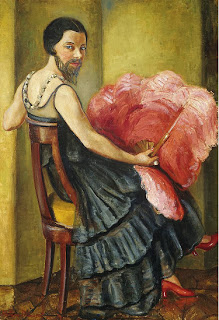Mark Chagall: Circus Horse Rider
Mark Chagall was born in Belarus in 1887. He was a Russian-French painter, printmaker and designer associated with several major artistic styles, synthesizing elements of cubism, symbolism, and fauvism. Chagall studied painting in St. Petersburg at the Imperial Society for the Protection of the Arts. Over Chagall's decades-long career, his use of color captured the attention of viewers. Marc Chagall died in Saint-Paul de Vence, France, on March 28, 1985, leaving behind a vast collection of work in several branches of the arts, as well as a rich legacy as a major Jewish artist and a pioneer of modernism.
"In our life there is a single color, as on an artist's palette, which provides the meaning of life and art. it is the color of love." - Marc Chagall
http://www.brainyquote.com/quotes/authors/m/marc_chagall.html
Marc
Chagall's influence is as vast as the number of styles he assimilated
to create his work. Although never completely aligning himself with
any single movement, he interwove many of the visual elements of
Cubism, Fauvism, Symbolism and Surrealism into his lyrically
emotional aesthetic of Jewish folklore, dream-like pastorals, and
Russian life. In this sense, Chagall's legacy reveals an artistic
style that is both entirely his own and a rich amalgam of prevailing
Modern art disciplines. Chagall is also, much like Picasso, a prime
example of a modern artist who mastered multiple media, including
painting in both oil and gouache, watercolor, murals, ceramics,
etching, drawing, theater and costume design, and stained-glass work.
I
chose this piece for it's eye-catching use of color. His use of color
captures the majesty associated with the circus.













